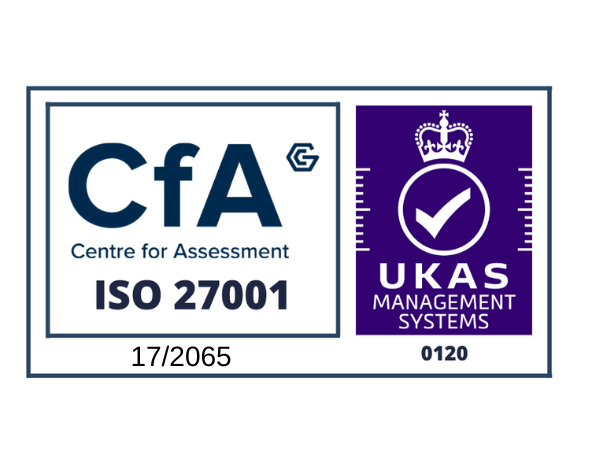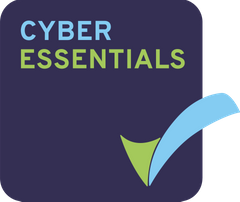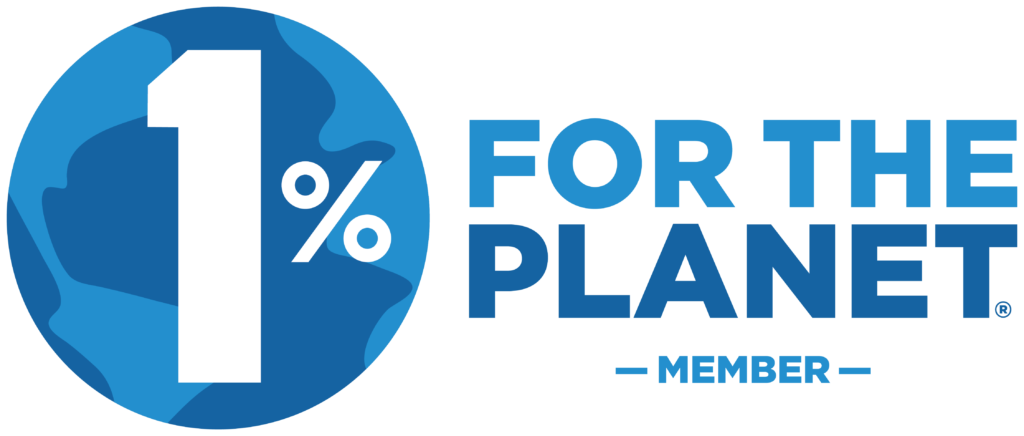Mergers and acquisitions (M&A) are high-stakes transactions that require meticulous planning, due diligence, and risk management. In the fast-paced world of corporate finance, identifying and mitigating financial risks is crucial to the success of any M&A deal. One technological advancement that has revolutionised this process is the Virtual Data Room (VDR). In this blog, we’ll explore the role of VDRs in managing financial risks associated with M&A transactions, including data breaches, regulatory non-compliance, and financial discrepancies.
The Importance of Risk Management in M&A
Risk management in M&A is essential for ensuring that transactions are completed smoothly and that the anticipated value is realised. Financial risks can arise from various sources, including data security breaches, regulatory issues, and inaccuracies in financial reporting. These risks can lead to significant financial losses, legal challenges, and reputational damage.
What is a Virtual Data Room (VDR)?
A Virtual Data Room (VDR) is a secure online repository used to store and share documents during the due diligence process of M&A transactions. VDRs provide a controlled environment where sensitive information can be accessed by authorised parties, ensuring that critical data remains confidential and secure.
Mitigating Data Breaches with VDRs
Enhanced Security Features
One of the primary concerns in M&A transactions is the risk of data breaches. VDRs offer advanced security features such as encryption, multi-factor authentication, and granular access controls. These features ensure that only authorised users can access sensitive information, significantly reducing the risk of unauthorised access.
Real-time Monitoring and Reporting
VDRs provide real-time monitoring and reporting capabilities, allowing administrators to track who accesses the data and what actions they perform. This level of transparency helps in detecting any suspicious activity early, enabling prompt action to mitigate potential breaches.
Secure Communication Channels
VDRs also offer secure communication channels for discussing sensitive information. This ensures that discussions related to the transaction remain confidential and protected from eavesdropping or interception.
Addressing Regulatory Non-compliance
Centralised Document Management
Regulatory compliance is a critical aspect of any M&A transaction. VDRs facilitate centralised document management, making it easier to organise, store, and retrieve documents required for regulatory compliance. This centralisation helps in maintaining a clear audit trail, which is essential for demonstrating compliance during regulatory reviews.
Automated Compliance Checks
Modern VDRs come equipped with automated compliance checks that can identify potential regulatory issues in real-time. These checks help in ensuring that all necessary documentation is in place and that the transaction adheres to relevant laws and regulations.
Secure Due Diligence Process
The due diligence process in M&A involves reviewing vast amounts of sensitive information to identify potential risks and liabilities. VDRs streamline this process by providing a secure platform for conducting due diligence, ensuring that all parties have access to the information they need while maintaining strict confidentiality.
Identifying and Mitigating Financial Discrepancies
Accurate Financial Reporting
Financial discrepancies can pose significant risks in M&A transactions. VDRs enable accurate financial reporting by providing a centralised platform for storing and sharing financial documents. This centralisation ensures that all parties have access to the most up-to-date and accurate financial information.
Audit Trails and Version Control
VDRs offer robust audit trails and version control features, allowing users to track changes to documents and ensure that they are working with the latest versions. This helps in identifying and resolving discrepancies early in the process, reducing the risk of financial misstatements.
Collaboration and Transparency
Effective collaboration and transparency are essential for identifying and mitigating financial risks. VDRs facilitate seamless collaboration between parties involved in the transaction, ensuring that everyone is on the same page and that potential issues are addressed promptly.
In the complex landscape of M&A transactions, effective risk management is paramount. Virtual Data Rooms (VDRs) play a critical role in identifying and mitigating financial risks associated with these transactions, from preventing data breaches and ensuring regulatory compliance to resolving financial discrepancies. As we look ahead to 2024, the integration of advanced technologies such as AI, machine learning, and blockchain, along with a focus on user experience and ESG compliance, will further enhance the capabilities of VDRs. By adopting these innovations and best practices, companies can navigate the challenges of M&A with greater confidence and security, ultimately driving successful outcomes.
Incorporating VDR technology into your M&A strategy is not just a smart move—it’s an essential step towards safeguarding your transactions and achieving long-term success in today’s dynamic corporate finance environment.






